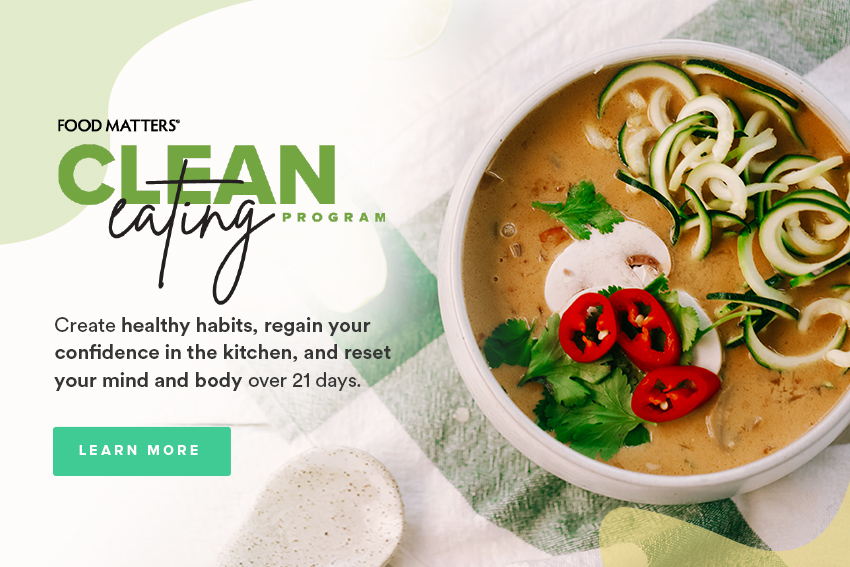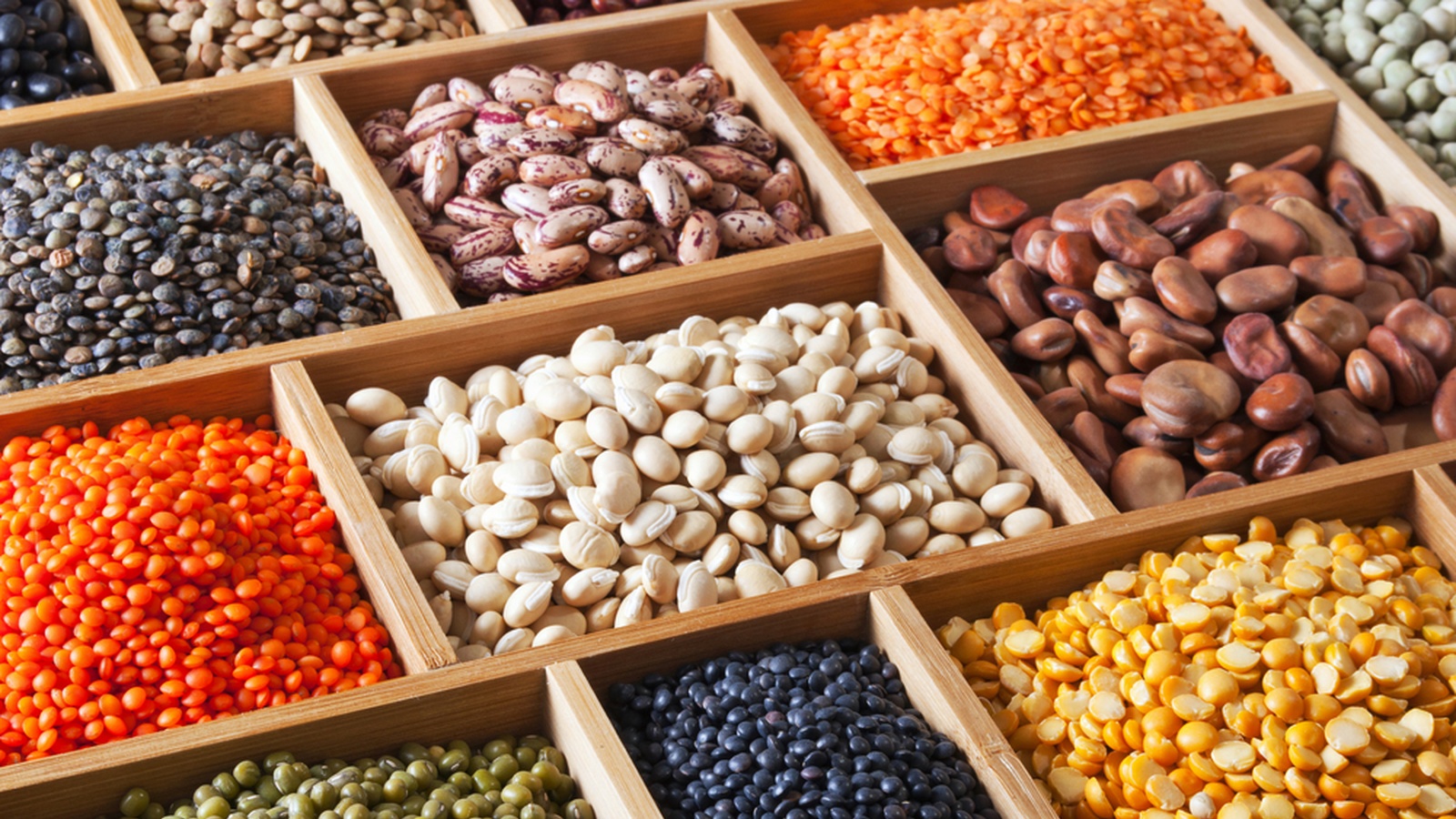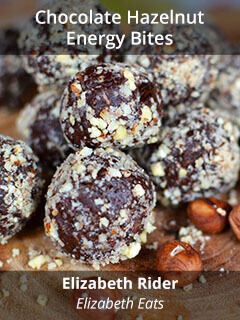The #1 Rule All Healthy Diets Can Agree On
Let’s face it.
Nutrition and healthy eating can sometimes get confusing. You sometimes wonder why there’s so much conflict and misinformation in the media. Why can’t authorities make healthy eating simple for us?
High carb, low carb, high fat, low fat, high protein? It’s like watching a tennis match. One day we’re told this item is a superfood, the next it might cause cancer.
You have every right to be frustrated. No normal human being can keep up with this.
So instead of taking action, most of us stick to what we’ve done before. If only there was one thing everyone could agree on. One sure thing you knew was a slam dunk for optimal health. One nutrient to rule them all.
What if I told you there was? What if I told I could simplify all this? What if I told there was only one aspect of your diet you need to focus on?
And don’t worry. It’s not eating more green vegetables...
The Most Widespread Nutrient Deficiency
Did you know that 97% of Americans are deficient in one specific nutrient? Today the average daily intake is a pitiful 15 grams, whereas our ancestors consumed more than a 100 grams a day!
This nutrient is key as it can reduce your risk of metabolic syndrome, breast cancer and heart disease. Not too bad, right? This magical nutrient is... fiber.
And listen, I know what you’re thinking.
You were expecting something a bit sexier than fiber, but hear me out. There’s more to fiber than keeping you regular.
The Top Indicator for a Nutrient Dense Diet
Don’t get me wrong, I’m not saying we should go all in on fiber supplements or bran cereal. Research shows that fiber supplements are inferior to fiber from whole foods. And it makes sense, right?
Fiber is found in plants. So the more plants you eat, the more vitamins, minerals, antioxidants, water, and phytonutrients you consume. So fiber is a great indicator of how nutrient-dense your diet is.
How To Never Be Hungry Again
Your stomach is like the fuel pump at the gas station. When your car’s fuel tank reaches capacity, the pump senses it and shuts down the flow of fuel.
Now, your stomach has stretch receptors that pick up the weight and volume of food you eat. These receptors trigger satiety when your stomach reaches a certain volume. That’s why the calorie counting approach always leaves you feeling hungry.
So the more fiber from plants (fruit, vegetables, legumes, intact grains, nuts, and seeds) you eat, the less hungry you’ll be. You’ll then be less likely to overindulge on processed foods.
It’s What’s On The Inside That Matters
Did you know that your skin is not the largest contact area with the outside world? Your gut is. Your skin surface area only covers about 20 square feet, whereas your gut can cover up to 2,150 square feet. That means your gut can cover the surface area of a whole tennis court!
And guess what a tennis court worth of intestinal lining loves to eat? Correct, fiber. Your gut bacteria uses fiber to make short-chain fatty acids (SCFAs). These SCFAs help maintain a healthy immune system.
Also, your gut can help prevent obesity. Overweight people tend to have more of a bad gut bacteria called Firmicutes. And lean people more of a good bacteria called Bacteroidetes.
What’s interesting is that there is a phytonutrient called polyphenol. And what it does is starve the bad obesity bacteria and feeds the good slimming bacteria. What’s more, this polyphenol is only found in fiber-rich foods like plants.
Feed your gut bacteria with fiber and it feeds you back with health. Not a bad deal, right?
How Do I Know If I’m Eating Healthfully?
The FDA advises we eat between 20 and 30 grams of fiber a day. That’s the minimum. But you’re a Food Matters reader. And I can say with confidence, you’re not one to scrape by on the bare minimum.
In my opinion, a more ideal amount would be at least 40 grams. But don’t be afraid to go higher than that. As I mentioned earlier, our ancestors ate over 100 grams a day.
And it’s easy to measure your daily intake with most calorie tracking apps.
But be sure to gradually incorporate fiber into your diet. This will give your body the time it needs to adjust to all that fiber.
Something That Matters More Than Food
Don’t worry too much about your macros, calories, fats, carbs, or any other metric. Sure, it’s important, but it won’t matter if your fiber intake is low.
Is it hard to eat more unprocessed plants?
Absolutely. It’s a David vs. Goliath battle when the produce section stands toe-to-toe with the processed section in terms of convenience.
No matter what nutritional camp you're in, everyone can agree our diets can benefit from more fiber. More unprocessed plants. It might be exclusively plants or just as much as you care for. More salads, smoothies, vegetable stews, bean soups and less processed junk.
That’s it. As simple as that. One nutrient to rule them all.
And you know what?
Healthy food does matter. But what matters more is what that food can give you.
It can give you the energy to play with your kids. It can give you the ability to climb flights of stairs without stopping or getting out of breath. It can give you the confidence to rock that bathing suit, or even buy that pair of jeans you’ve always wanted.
These are the things that matter. These are the experiences you should be working for. These are the things that should be motivating you.
Yes, food does matter, but you matter more.
So get to work. Optimal health is waiting for you around the corner.
~~~~~~~
Here's a quick, tasty recipe that is fiber and mineral rich.
Just log into your FMTV account or sign up for a free trial to see this and many other delicious recipes.
Have you experienced the benefits of additional fiber in your diet? Share your experiences, recipes and comments below.
Take the stress out of cooking with 21-days of guided meal plans, shopping lists, and nutrition support. You’ll find all of this, and more, in our signature Clean Eating Program.











